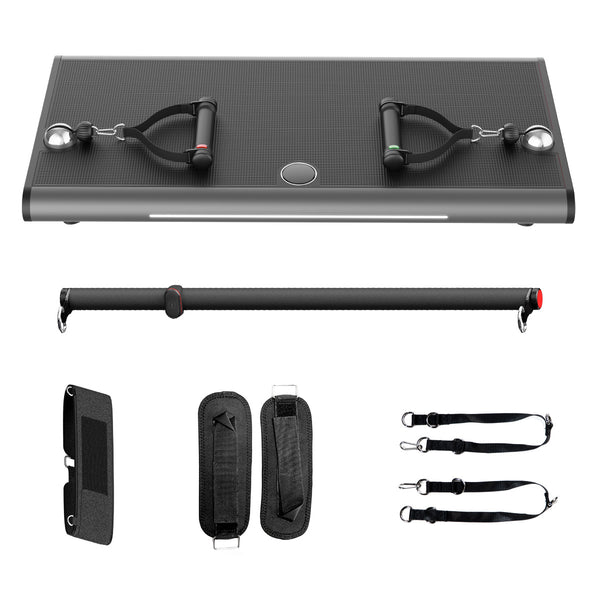Digital fitness has transformed how we approach health and wellness. With innovations like virtual classes, fitness apps, and smart equipment, staying active and reaching fitness goals is easier and more accessible than ever.
What is Digital Fitness? Digital fitness combines traditional exercise with digital technology, creating a more interactive and data-driven workout experience. Whether through a mobile app, a wearable device, or a smart home gym, digital fitness allows users to track progress, set goals, and receive personalized feedback in real-time.
Benefits of Digital Fitness One of the primary benefits of digital fitness is convenience. Virtual classes and fitness apps allow users to work out from anywhere, eliminating the need for a gym membership or travel. Additionally, these platforms often offer tailored workout programs, adjusting for experience levels and specific goals like strength training, weight loss, or flexibility improvement. For those who enjoy a community experience, live-streamed classes can also provide a sense of camaraderie and accountability.
Popular Digital Fitness Tools Wearable devices like fitness trackers and smartwatches are central to digital fitness, as they monitor heart rate, steps, and even sleep patterns. Meanwhile, fitness apps provide guided workouts and nutrition advice. For a fully immersive experience, smart home gyms are increasingly popular—they come with screens and sensors that guide your movements and adjust settings based on your performance.
Why Digital Fitness is Here to Stay As technology continues to evolve, digital fitness will play a crucial role in promoting a healthier lifestyle. By offering personalized, on-demand options, it empowers individuals to stay active in ways that fit their unique needs.
Digital fitness is more than a trend; it's a lasting shift that enhances how we manage and enjoy fitness in our daily lives, helping users achieve their wellness goals with flexibility and precision.
































